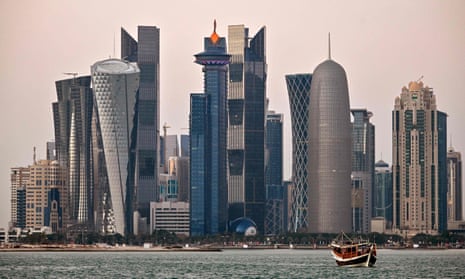One of the smallest countries in the Middle East – only just over half the size of Wales – Qatar has, as you might expect, a very uniform climate.
Like its neighbours, Bahrain to the north-west and the United Arab Emirates to the east, the weather is very hot and almost completely dry from May through to September, with temperatures mostly in the high 30s or low 40s. The record high – from the capital, Doha – is a searing 50.4C (122.7F) in July 2010, while the record low is just 1.5 C (34.7 F) in February 2017.
Outside the summer months, temperatures are noticeably lower, dropping as low as the mid-teens at night. In winter, temperatures may also dip if there is a northerly wind blowing across the Persian Gulf from Iran.
Despite Qatar’s small size, the climate does vary between the coast, whose more humid climate is influenced by the Persian Gulf, and inland, which is drier and hotter.
There is some rainfall: as in the rest of this region, it occurs mostly in winter, and tends to be from thunderstorms or intense cloudbursts. Even so, the annual rainfall is usually well below 100mm (4in). And like other gulf states, Qatar may experience the Shamal, a seasonal wind that often brings sandstorms during the spring and summer.

Comments (…)
Sign in or create your Guardian account to join the discussion